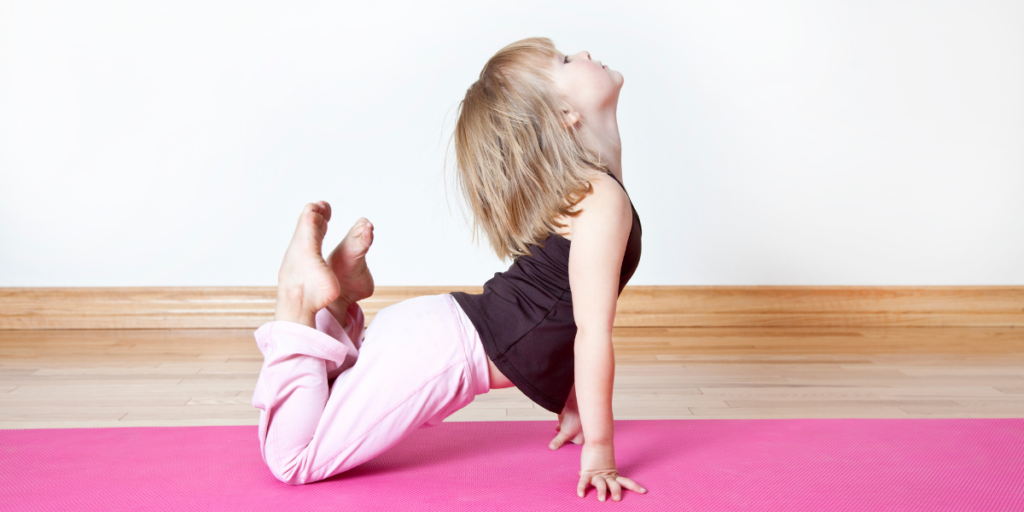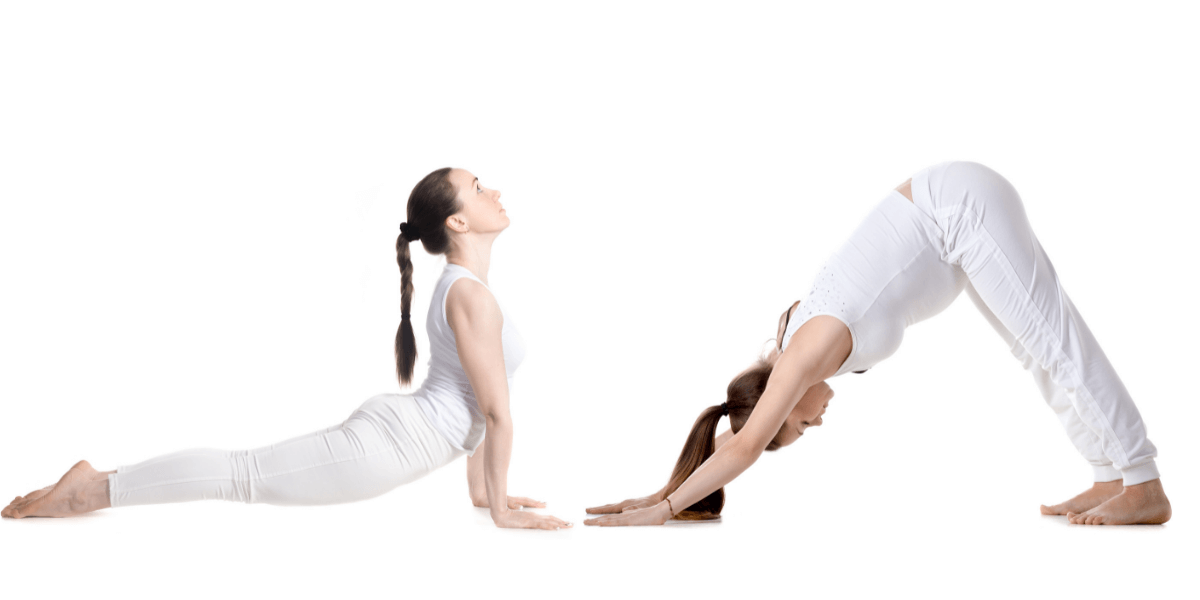Parents may observe how yoga affects their children, but the children themselves are the greatest evaluators. Children who have done yoga report being able to concentrate better during the day, focus better on their activities, and pay attention to their duties, according to their instructors and parents.
There’s nothing quite like witnessing hyperactive children participate in animal yoga to calm them down. It’s a calm, soothing pastime that keeps their bodies focused.
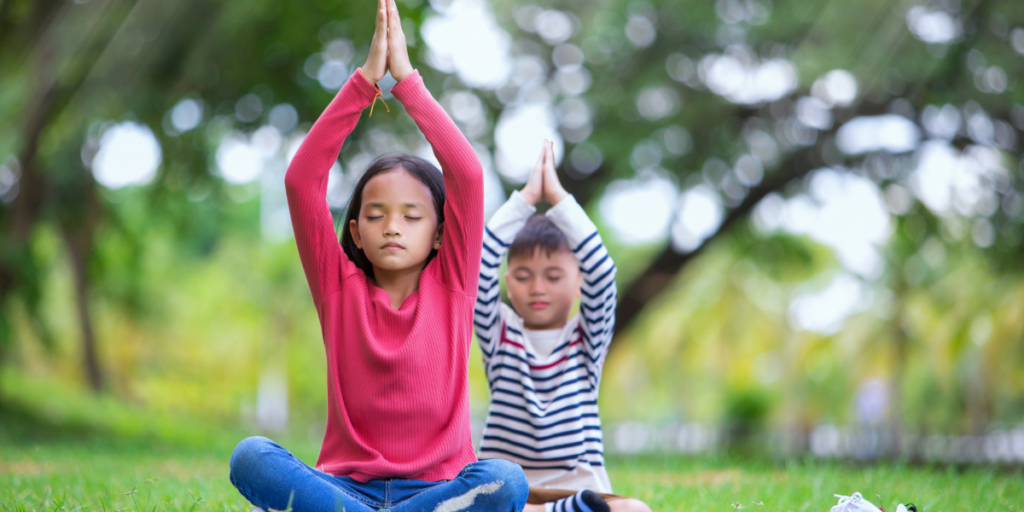
How to Teach Yoga Poses to Children
a) Sit or lie down in a comfortable position – This will help you retain your attention and concentrate on your breathing. When entertaining postures that involve a lot of movement, finding the proper spacing will come in helpful.
b.) Practice the Poses – “Practice makes perfect,” as we’ve all heard. This advice, as corny as it may seem, is absolutely correct. The more your children practice their postures, the more comfortable their bodies will grow with the motions, making them simpler to execute.
Animal Yoga’s Benefits for Children
- Yoga’s physical practice improves balance and coordination.
- It improves attention and focus.
- Yoga improves self-confidence and self-esteem.
- It improves the link between the mind and the body.
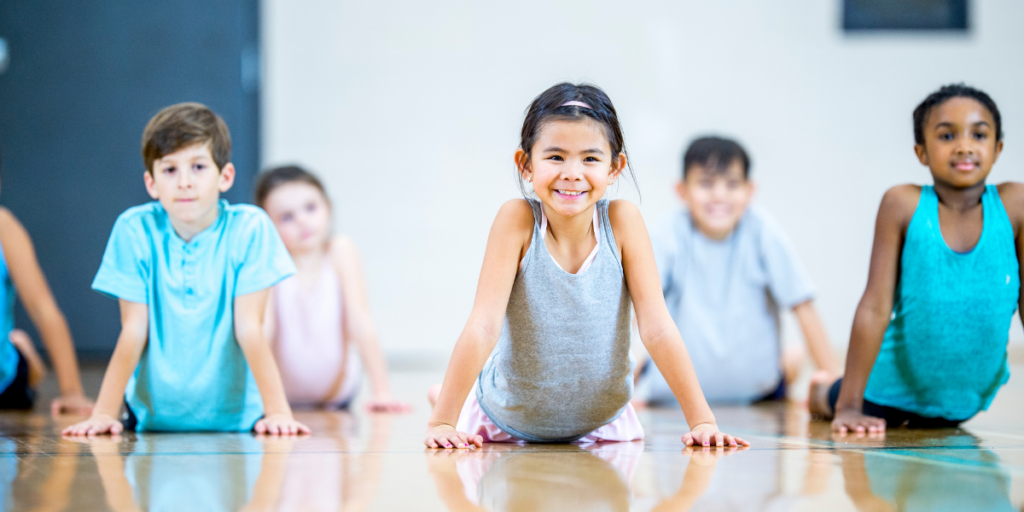
When Children Participate in Animal Yoga Outside, they will be able to:
- Empathize with animals
- Strengthen their ties to the land
- Increase their understanding of the natural world while also stimulating their senses.
Animal yoga for kids is a safe and peaceful practice that promotes relaxation, breathing properly and self-inquiry. It also provides a link between your child and the natural environment.
Simple Yoga Poses for Children
Utthan Pristhasana (Lizard Pose)
Raise your bottom-up and hang your head by bringing your hands to the ground and extending your legs back. To the right of your pinky finger, place your right foot. Make sure your right knee is precisely above, not in front of, your heel. Rest your forearms on the ground for a deeper stretch. Maintain a strong chin and a forward-looking gaze.
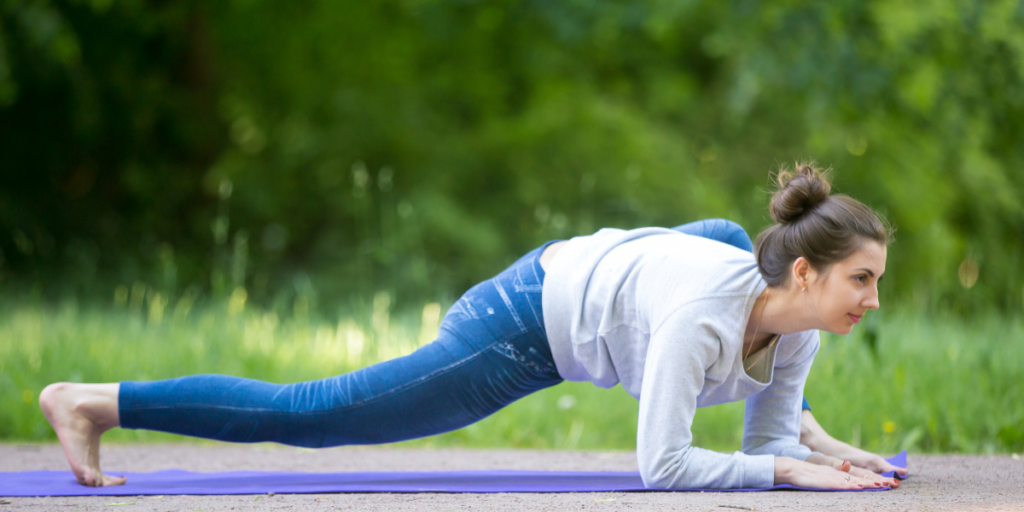
Mandukasana (Frog Pose)
Place yourself on your hands and knees. Stretch your knees as far as they will go while being comfortable. Bring your forearms and elbows to the ground in front of your shoulders. Maintain a flat palm on the ground.

Garudasana (Eagle Pose)
Wrap one leg around the other and gently bend your knees. Wrap your bent arms in opposing directions in front of you.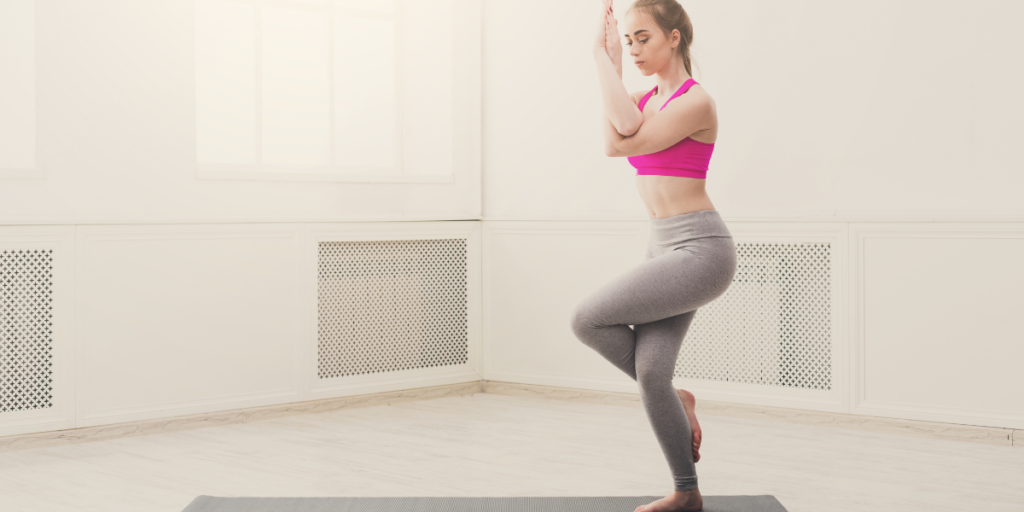
Vrikshasana (Tree Pose)
Bend the opposing knee and lay the sole of your foot on your inner ankle or thigh while standing on one leg.
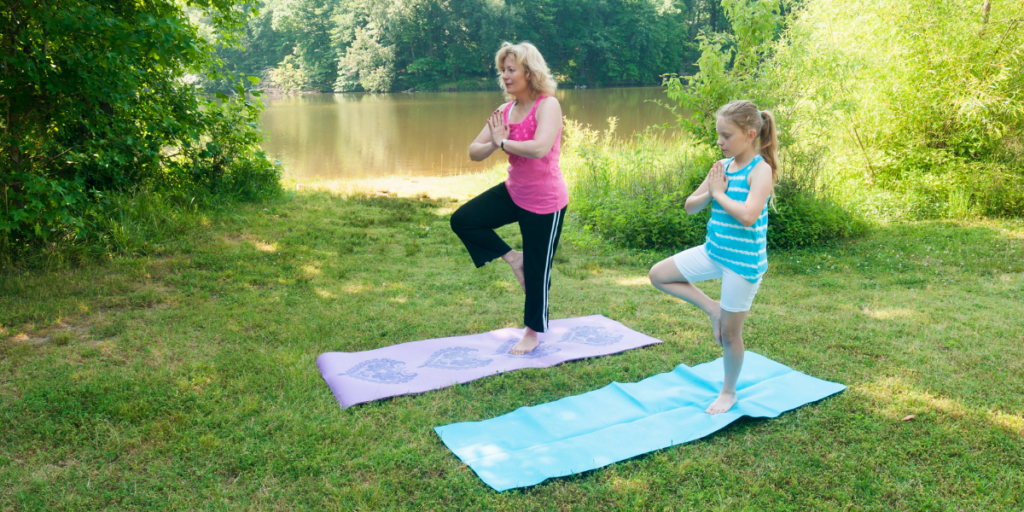
Padahastasana (Gorilla Pose)
Fold your hips and stand up so that your knees reach your toes. It’s fine if you bend your knees slightly. Raise your toes and move your palms up, fingers parallel to your toes, under them. Your hands are now beneath your feet. Take a deep breath and lift your hips to the heavens.
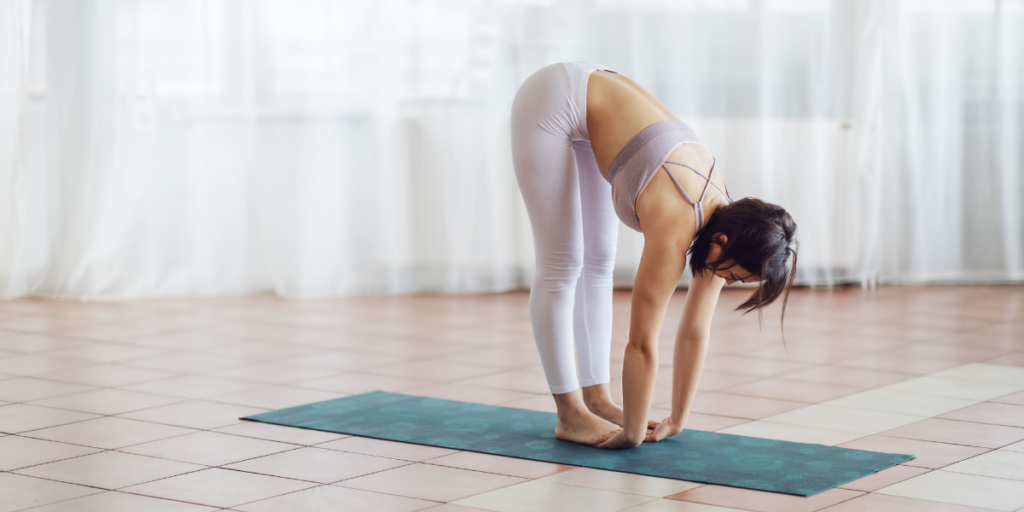
Create a Yoga Tradition
It’s critical to stick to a regular workout program. Yoga is a fantastic exercise for individuals of all ages, especially youngsters because it is a low-impact approach to develop our bodies. However, it also includes breathing methods, meditation techniques, positive thinking, and other processes that should be incorporated into daily life.
